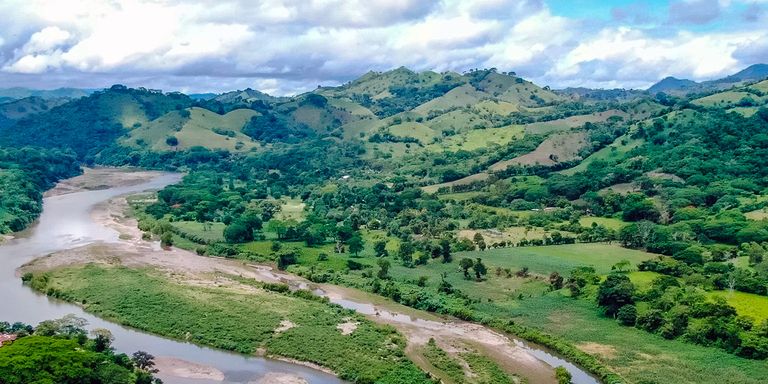This applies to all specific features of an operation that require a quantitative assessment according to the results of step 4.
This step is a quantitative risk assessment expressed in terms of estimated economic losses and losses to human life, after conducting hazard, exposure, and vulnerability assessments considering climate change and population dynamics scenarios. The assessment can also determine if the local risk conditions could be exacerbated because of the project implementation. Also, an assessment of alternatives can be performed, including the cost and benefits of the proposed interventions in different scenarios or via sensitivity evaluation approaches.
| Task 1 | Task 2 | Task 3 | Task 4 |
| Identify an approach to quantitative risk assessment | Build a risk model and conduct a baseline risk assessment with future scenarios | Conduct a Risk Assessment evaluating project design alternatives, risk reduction measures, and final design | Build a Disaster and Climate Change Risk Management Plan |
Quantitative methods enable values to be assigned to the risk components—probability and consequences— to estimate the existing risk and evaluate the impact on the risk of mitigation measures.


